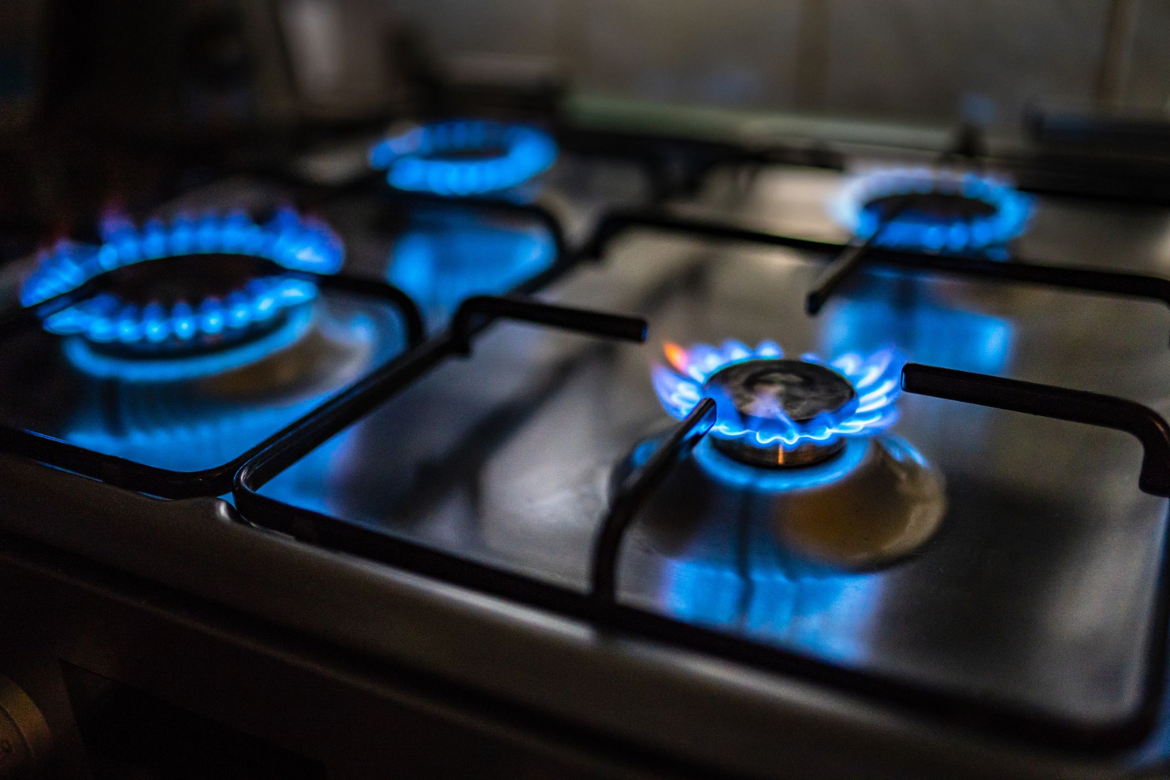A study published in the journal Environmental Science & Technology has revealed that cooking with gas stoves can lead to elevated levels of a chemical called benzene indoors, which is associated with a higher risk of leukaemia and other blood cell cancers. The researchers found that even a single gas cooktop burner on high heat or a gas oven set to 350 degrees Fahrenheit can raise indoor benzene levels higher than those found in secondhand tobacco smoke.
Benzene, a known carcinogen, can linger in the air for hours and spread throughout a home. The study emphasized that the chemical forms in flames and high-temperature environments, including gas stoves commonly used in households. The emissions of benzene from gas and propane burners and ovens were found to be 10 to 50 times higher than those from electric stoves. In contrast, induction cooktops emitted no detectable benzene at all.
The research also highlighted that ventilation alone may not effectively reduce benzene exposure, as exhaust fans were often ineffective in eliminating the chemical. Residential range hoods, even when vented outdoors, did not consistently reduce benzene and other pollutant concentrations. The study emphasized that the benzene emissions primarily came from the fuel used in cooking rather than from the food being cooked. Testing showed no benzene emissions from pan-frying salmon or bacon.
This study is the first to analyze benzene emissions during the actual use of stoves and ovens, whereas previous research mainly focused on leaks from stoves when they were turned off. Another study conducted by Stanford University previously demonstrated that gas-burning stoves in US homes emit methane, contributing to climate change on a scale equivalent to the carbon dioxide emissions from approximately 500,000 gasoline-powered cars. Gas stoves also expose users to pollutants such as nitrogen dioxide, which can trigger respiratory diseases.
Past studies have indicated that children living in homes with gas stoves have a 42% higher risk of asthma compared to children in homes without gas stoves. Furthermore, an analysis conducted in 2022 estimated that 12.7% of childhood asthma cases in the US can be attributed to gas stoves.
These findings raise concerns about the potential health risks associated with gas stoves and highlight the importance of further research and measures to mitigate indoor air pollution in households.



